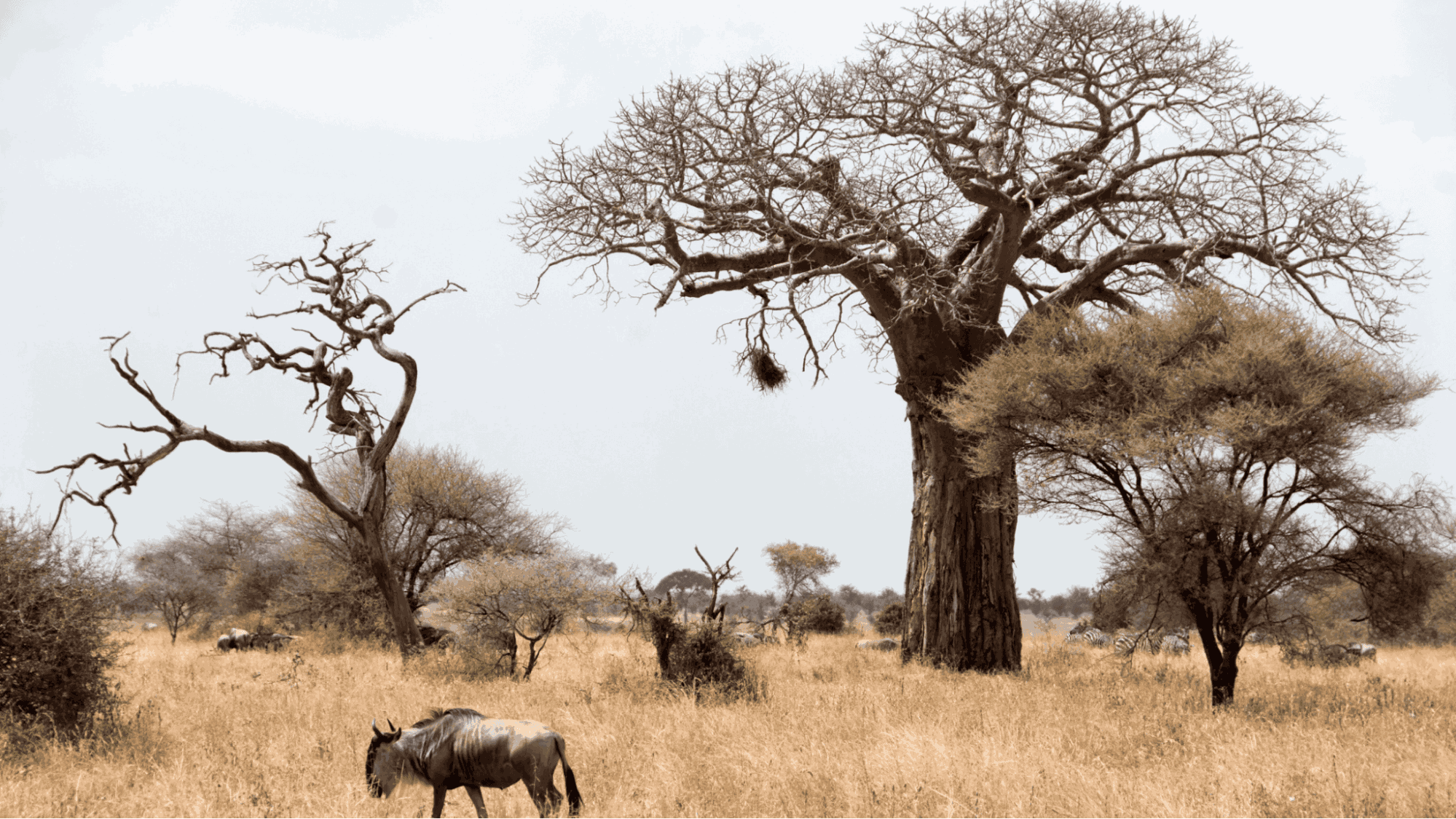Tarangire National Park – Tanzania’s Elephant Paradise
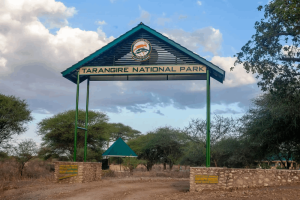 Tarangire is located in Manyara Region lying about 120Km southwest of Arusha City. The park picked its fame to have kept a record for occurrence of many African Elephants per square kilometre than any other national park in Tanzania.
Tarangire is located in Manyara Region lying about 120Km southwest of Arusha City. The park picked its fame to have kept a record for occurrence of many African Elephants per square kilometre than any other national park in Tanzania.
The Park got its name from Tarangire River that flows down through the centre of the Park and form the dry season refuge for wildlife especially elephants. The Tarangire River is the primary source of fresh water for wild animals in the Tarangire Ecosystem during the annual dry season. The Tarangire Ecosystem is defined by the long-distance migration of wildebeest and zebras. During the dry season thousands of animals concentrate in Tarangire National Park from the surrounding wet season dispersal and calving areas.
It is in this Park that visitors will be able to see threatened as well as endangered species such as ebony trees, Python, cheetah, elephants, African wild dogs, lesser and greater Kudu, Beisa Oryx, Gerenuk and others
Birdlife in Tarangire is just Amazing! It is a haven for bird enthusiasts catering for more than 550 species of birds that have been recorded, which is largest number of bird species compared to the famous Serengeti. The park is also famous for the Termite Mound that dot the wilderness’ landscape. Those that have been abandoned are often home to the dwarf mongoose. It is in this park that white giraffe was spotted in 2015. Published records say, it was due to Leucism (partial loss of pigmentation/ colour in animals).
For those seeking a unique and immersive wildlife experience, Tarangire provides a remarkable blend of scenic beauty, rich biodiversity, and adventurous activities that make it a must-visit destination on any Tanzanian safari itinerary.
Why Visit Tarangire National Park?
One of the main reasons travelers visit Tarangire is its extraordinary elephant population. The park boasts one of the largest elephant concentrations in Africa, with herds that can sometimes number over 300 individuals. Observing these gentle giants roaming freely, bathing in riverbanks, or socializing under towering baobab trees is an unforgettable sight.
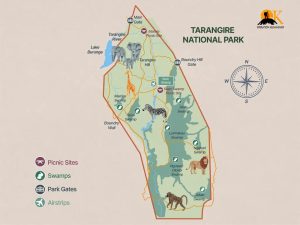 In addition to elephants, Tarangire is home to a diverse range of wildlife, including lions, leopards, cheetahs, buffalo, giraffes, zebras, wildebeest, and warthogs. The park is particularly famous for its rare antelope species, such as the fringe-eared oryx and greater kudu, which are difficult to spot in other national parks.
In addition to elephants, Tarangire is home to a diverse range of wildlife, including lions, leopards, cheetahs, buffalo, giraffes, zebras, wildebeest, and warthogs. The park is particularly famous for its rare antelope species, such as the fringe-eared oryx and greater kudu, which are difficult to spot in other national parks.
Beyond its wildlife, Tarangire’s landscape is breathtakingly beautiful. Unlike the open plains of the Serengeti, Tarangire features rolling hills, riverine woodlands, acacia trees, and vast swamps, creating a dramatic and picturesque backdrop for game viewing. The presence of majestic baobab trees, some of which are over 1,000 years old, adds to the park’s unique charm, making it a paradise for photographers and nature lovers.
Unlike some of Tanzania’s more famous parks, Tarangire remains less crowded, offering a more peaceful and exclusive safari experience. Here, visitors can truly connect with nature and enjoy wildlife sightings without the disturbance of too many safari vehicles.
Best Time to Visit Tarangire National Park
Tarangire is a year-round safari destination, but the best time to visit depends on what you wish to experience.
Dry Season (June – October): Best for Wildlife Viewing
During the dry season, water sources become scarce, and animals congregate around the Tarangire River, making it the best time for game viewing. Massive herds of elephants, wildebeest, zebras, and buffaloes can be seen moving towards the river, followed closely by predators such as lions and leopards. This period also offers clear skies and pleasant temperatures, making it the most popular time for safaris.
Wet Season (November – May): Best for Birdwatching and Lush Scenery
The wet season transforms the park into a lush green paradise, with vibrant vegetation and an abundance of migratory birds. With over 550 bird species, Tarangire is a haven for bird enthusiasts, featuring species such as the yellow-collared lovebird, Kori bustard, and African hoopoe. The wet months also bring fewer tourists, offering a more tranquil and personal safari experience. Additionally, this is the birthing season, when baby animals can be spotted, attracting predators and offering dramatic wildlife interactions.
What to Expect in Tarangire National Park
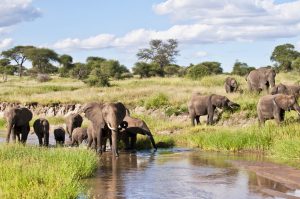 Tarangire is a park of contrasts, where vast grasslands, riverine forests, and towering baobab trees create a spectacular setting for wildlife encounters.
Tarangire is a park of contrasts, where vast grasslands, riverine forests, and towering baobab trees create a spectacular setting for wildlife encounters.
One of the park’s greatest attractions is its seasonal migration, where thousands of wildebeest, zebras, buffaloes, and gazelles move into the park during the dry season in search of water. This movement, although less famous than the Serengeti’s Great Migration, provides excellent opportunities to witness predator-prey interactions.
For those seeking rare sightings, Tarangire is home to some of Tanzania’s lesser-known species, including the elusive African wild dog, as well as the fringe-eared oryx and greater kudu. The Silale Swamp, located in the park’s southern section, provides a year-round water source, making it an ideal place to spot hippos, crocodiles, and a variety of waterbirds.
The park’s breathtaking sunsets are another highlight, as the sky glows in hues of orange and red, silhouetting the massive baobab trees and acacia woodlands against the African horizon.
Top Things to Do in Tarangire National Park
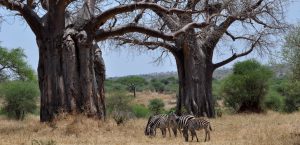 1. Game Drives: Up-Close Wildlife Encounters
1. Game Drives: Up-Close Wildlife Encounters
Game drives in Tarangire offer thrilling wildlife experiences, whether you choose a morning, afternoon, or full-day safari. Guided by expert trackers, you can witness elephants playing in the river, lions resting under trees, or giraffes gracefully moving through the savanna.
2. Walking Safaris: A Deeper Connection with Nature
For a more immersive experience, Tarangire is one of the few Tanzanian parks that allows guided walking safaris. Walking through the African wilderness with an experienced ranger provides a close-up look at animal tracks, insects, and plants, offering a completely different perspective from game drives.
3. Night Game Drives: Discover Nocturnal Wildlife
Unlike many national parks in Tanzania, Tarangire permits night game drives, where visitors can spot elusive nocturnal animals such as porcupines, bush babies, civets, and leopards hunting under the cover of darkness. This unique activity adds an element of mystery and excitement to the safari experience.
4. Birdwatching: A Paradise for Bird Lovers
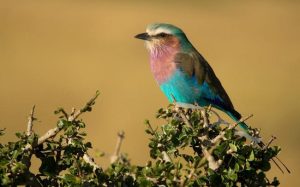 Tarangire is a birdwatcher’s paradise, boasting an astonishing variety of birdlife. The park’s wetlands, forests, and open plains are home to species such as the giant kingfisher, bateleur eagle, lilac-breasted roller, and the endemic yellow-collared lovebird. The Silale Swamp is one of the best locations for spotting wading birds and raptors.
Tarangire is a birdwatcher’s paradise, boasting an astonishing variety of birdlife. The park’s wetlands, forests, and open plains are home to species such as the giant kingfisher, bateleur eagle, lilac-breasted roller, and the endemic yellow-collared lovebird. The Silale Swamp is one of the best locations for spotting wading birds and raptors.
5. Cultural Visits: Experience Maasai Traditions
A visit to a nearby Maasai village offers a chance to learn about one of Africa’s most iconic cultures. Travelers can experience traditional Maasai dances, visit authentic bomas (huts), and gain insight into their nomadic lifestyle, warrior traditions, and deep connection with nature.
6. Photography Expeditions: Capturing Africa’s Beauty
With its stunning landscapes, diverse wildlife, and dramatic skies, Tarangire is a dream destination for photographers. The sight of elephants framed against ancient baobab trees, combined with breathtaking sunrises and sunsets, provides endless photographic opportunities.
Plan Your Tarangire Safari with Operation Kilimanjaro
Tarangire National Park is an exceptional destination that promises breathtaking landscapes, incredible wildlife encounters, and unique safari activities. Whether you’re a first-time visitor to Tanzania or an experienced safari enthusiast, Tarangire offers an authentic and unforgettable adventure.
Operation Kilimanjaro specializes in crafting custom safaris that seamlessly combine Tarangire with other world-renowned destinations like Serengeti, Ngorongoro, and Mount Kilimanjaro. Our expert guides ensure that every safari is tailored to your preferences, providing a once-in-a-lifetime wildlife experience.
Book your Tarangire safari today with Operation Kilimanjaro and explore Tanzania’s elephant paradise like never before!

